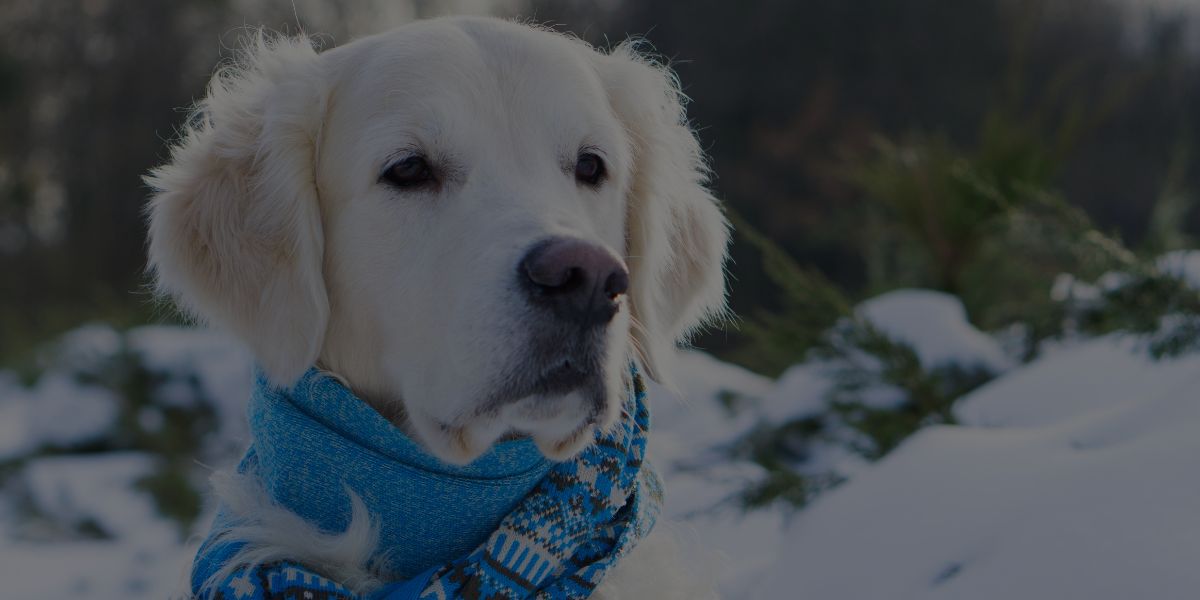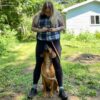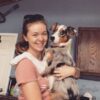As House Stark would say: winter is coming… And that means colder temperatures and hazardous conditions for our furry friends. If you’re one of the many people who operate a doggy daycare, it’s important to make sure your clients and their pets are safe and comfortable during this time of year. Luckily, you’ve come to the right place – because in this article, we will discuss the do’s and don’ts of running a doggy daycare during winter!
Follow these tips to keep your dog daycare business running smoothly!
How To Run a Dog Daycare During the Winter Season
Below, we’ve compiled a list of the best tips for operating a doggy daycare during winter – as well as the top mistakes to avoid…
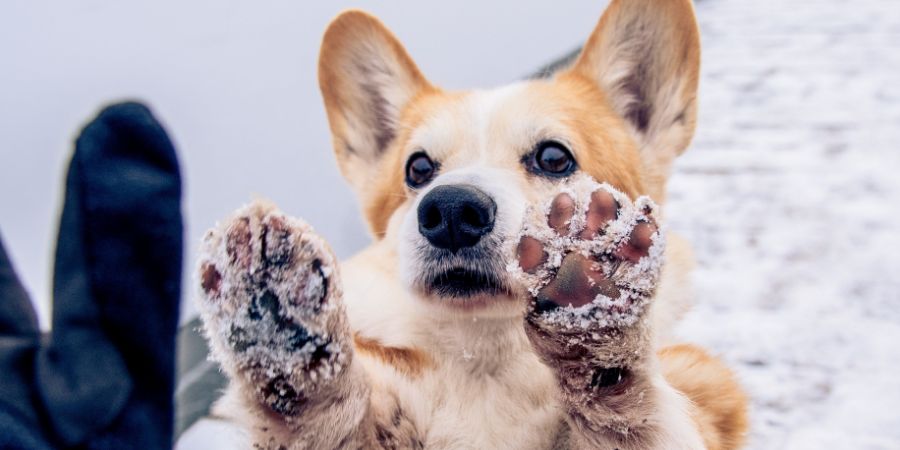
DO’s and DON’Ts for Running a Doggy Daycare in the Winter
DO: Make sure the play area is heated and insulated!
Like people, dogs can get cold in winter. For this reason, it’s important to ensure that the play area for your doggy daycare is properly heated and insulated. A warm, cozy environment will make your clients’ pets feel comfortable and safe.
Plus, it’ll help prevent any potential health problems like frostbite!
DON’T: Forget about the importance of ventilation.
It’s not just temperature that matters when it comes to winter dog daycare. Rather, you also need to make sure your play area is well-ventilated. This will help maintain clean, fresh air for your doggies, as well as prevent any potential respiratory issues.
Here are some tips for making sure your doggy daycare is properly ventilated:
- Install vents and fans to keep the air circulating
- Open windows periodically to let in fresh air
- Use a dehumidifier if necessary
Pro Tip: Want to learn more about dog daycare so you can decide if it’s the right career path for you? Then this Beginner’s Guide to Doggy Daycare is a must-read!
DO: Make sure your clients are prepared for winter!
DON’T: Overlook the importance of regular grooming.
Regular grooming is important for all breeds. However, it’s especially important in the winter months! After all, dogs tend to shed more during the colder season, and regular grooming helps prevent tangles and mats from developing.
So, make sure to discuss this with your clients! Even better, if your business also offers dog grooming services, make sure to inform your clients of this. You never know – it might just be the perfect opportunity to upsell!
Pro Tip: Interested in adding grooming services to your doggy daycare business? Become a fully-trained and certified International Dog Grooming Professional™ (IDGP™) with QC Pet Studies’ self-paced, online Dog Grooming Course!
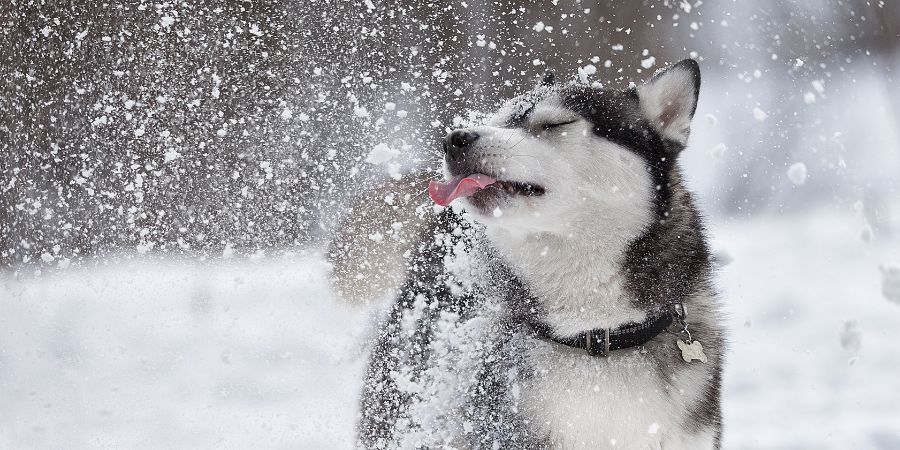
DO: Create winter-themed activities!
Why not spice up the play area with some fun winter-themed activities? This is a great way to keep dogs entertained, as well as give them an opportunity to exercise and burn off energy. Here are some ideas:
- Fetch in the snow
- Snowball throwing
- Indoor agility courses
- Hide-and-seek (using treats instead of people!)
DON’T: Overlook safety hazards.
Generally speaking, it’s always important to keep potential safety hazards in mind when running a doggy daycare. But in the winter, this is especially true. Ice and snow can create potential slipping hazards that you need to be aware of. So, make sure to inspect the outside play area regularly for any risks.
In addition, ensure that your clients are informed about the dangers of antifreeze and other potentially harmful substances during wintertime. In other words, make sure you keep your doggy daycare area free of any hazardous materials.
DO: Provide warm beds and blankets!
When it comes to winter dog daycare, warmth is KEY! That’s why you should make sure to provide plenty of warm beds and blankets for your clients’ pets. Not only will this make the dogs feel comfortable; it’ll also help them fall asleep more easily.
And if you’re feeling extra generous, why not add some cozy little touches like hot water bottles or heated floor mats? Your customers and their furry friends are sure to appreciate it!
DON’T: Forget any winter dietary changes.
Just like humans, some dogs also need to make dietary changes during the winter months. This is because they require more energy to keep themselves warm in cold weather. For example, you may want to consider introducing more high-calorie snacks or adding an extra scoop of food to the daily meal.
So, make sure you discuss this with your clients and offer advice on what to feed their pups during the colder season.
Pro Tip: Not sure where to start in terms of opening your own doggy daycare? This Ultimate Guide breaks down the process into 18 easy steps!
DO: Keep an eye out for signs of hypothermia!
When temperatures drop below freezing, dogs can be at risk of developing hypothermia. So, it’s important to be aware of the signs and symptoms, such as:
- Shivering
- Lethargic behavior
- Weak pulse
- Shallow breathing
If you notice any of these in your clients’ pets, make sure to contact their owners immediately.
DON’T: Forget to regularly check your heating system.
As we mentioned earlier, it’s essential to make sure that your doggy daycare facility is properly heated. But in the winter, setting it and forgetting it isn’t enough. Rather, you should check your heating system regularly to make sure that it’s functioning properly and keeping the building warm.
If you find any issues, don’t hesitate to contact a professional. After all, the safety of your clients’ pets is paramount!

DO: Be mindful of how long the dogs are outside!
Whether you’re taking them for a walk or letting them play in the snow, make sure to keep an eye on how long they’re outside. After all, dogs can still get cold and develop hypothermia even in mild temperatures. In fact, they can develop hypothermia in as little as 30 minutes in extremely cold temperatures!
So, set a reasonable time limit for outdoor activities and stick to it. And if it’s really cold outside or if there’s a lot of snow or ice, err on the side of caution and keep your doggy daycare activities indoors.
DON’T: Lay down any road salt.
One of the worst things you can do in a doggy daycare is to lay down any kind of road salt. Not only can it be toxic to dogs, but it can also cause irritation and even chemical burns on their paws.
Instead, use pet-safe ice melters that are specially formulated for animals. This will help keep your clients and their pets safe, while still providing enough traction to keep everyone from slipping and sliding.
On the other hand, you may not be comfortable even using pet-safe ice melters, as some believe it’s still potentially harmful to dogs. If this is the case, you can always spread out sand or gravel on the ground. This will provide traction and help keep the dogs’ paws safe. Alternately, another option is to cover icy patches with mats.
DO: Keep the dogs well hydrated!
As with humans, it’s also important to make sure that your doggy daycare clients stay well hydrated during the winter months. (Because, no, eating snow does not count!) Make sure there’s always plenty of fresh, clean water available for them.
Furthermore, consider offering warm water or bone broth if temperatures are really cold. This will help keep their energy levels up, as well as maintain healthy skin and coat.
DON’T: Go into the slower season unprepared.
While it’s definitely not a guarantee, there’s always the chance that your doggy daycare will be a tad quieter during the winter season. If you don’t prepare for this during the rest of the year, your profits may take a hit.
Thus, it’s important to have a plan in place for the slower season and make sure you’re still making enough money to cover your overhead costs. This might involve:
- Putting aside a certain amount of money every month between spring and fall
- Cutting back on staff hours
- Adjusting pricing
- Offering extra services to supplement your income during the winter (such as grooming or training)
Pro Tip: Become a certified dog trainer in as little as 12 short weeks with QC Pet Studies’ self-paced, online Dog Training Course!
DO: Stay on top of the paperwork!
Aside from your day-to-day duties, make sure to stay on top of all the paperwork involved in running a doggy daycare. This includes updating your insurance policies and making sure everything is up-to-date, as well as regularly reviewing client contracts and sanitation guidelines.
Finally, don’t forget to make sure all of your employees are properly trained and certified in animal first aid!
DON’T: Run a doggy daycare without knowing first aid.
Since we’re on the topic of first aid, this is another critical point. Running a doggy daycare without first aid certification is practically asking for trouble. After all, accidents are bound to happen!
Therefore, it’s absolutely essential that you and your staff members have some form of first aid training in case something goes wrong. For instance, you and your staff should know how to:
- Check a dog’s vital signs
- Administer CPR
- Dress wounds
- Know what to do if a dog is choking
- And more!
Not only will this help keep the dogs safe, but it will also provide peace of mind to your clients, knowing their beloved canine is in good hands.
Did you know that QC Pet Studies’ online Dog Daycare certification course has an entire section devoted to first aid training? It’s true – and we’ll touch on all the other things you’ll learn in this program shortly!
DO: Have fun!
Although running a doggy daycare during the winter can be challenging at times, don’t forget to have fun with it! After all, there are lots of great activities that your furry guests will love even in colder weather.
Fun Dog Daycare Ideas in the Winter
For starters, you can organize some indoor games and obstacle courses for them – complete with rewards like treats. This will not only keep them active, but it will also provide plenty of mental stimulation.
You can also host holiday-themed events and activities for your guests – such as birthday parties for Christmas puppies, a howliday movie night, or getting to meet (and get treats from) Santa!
And, if you’re feeling adventurous, take the dogs on outdoor adventures (just make sure they’re dressed warmly and that you have an adequate first aid kit with you).
The bottom line is that running a doggy daycare during the winter doesn’t have to be a chore – and it certainly doesn’t have to be boring. So, think outside the box for ways to make things fun for you and your clients’ furry friends!

Introducing: QC Pet Studies’ Dog Daycare Course!
QC Pet Studies is proud and excited to announce the launch of our brand-new Dog Daycare certification course! This 4-part program is broken down into 6 easy-to-follow units. The best part is that because it’s entirely online and self-paced, you can work on this certification training on your own schedule… Right from the comfort of home!
Here’s what you’ll learn in each unit:
Unit A
- The dog daycare industry
- The role and responsibilities of a doggy daycare owner
- Different settings in which a dog daycare location can be established
- Residential vs. commercial daycare
- Necessary tools, equipment, and supplies for running a doggy daycare
Unit B
- Dog behavior and canine communication
- Potential triggers and incidents you may encounter at your doggy daycare (and how to handle them)
- Activities, exercise, and care for dogs of all ages and breeds
Unit C
- How to choose and prepare transportation for your clients’ dogs
- Assessing and meeting dogs’ exercise needs
- Vehicle, workplace, and client home security and precautions
Unit D
- Hygiene, health, and safety
- Properly cleaning your dog daycare facility
- Safe nutrition
- Potential first aid emergencies and how to properly handle them
Unit E
- The standard operating procedures for your doggy daycare business, such as:
- Creating a formal handbook for employees
- Developing health and safety handbooks and/or procedures
- Outlining the ethical principles of your business
- Other services your business can offer to supplement your income
Unit F
- How to start your very own doggy daycare business
- Successfully marketing your business
- Identifying your target market
- Developing a brand identity
- Managing your business schedule (and the schedules of your clients)
- How to deliver excellent customer service
- Building high-quality client relations
Learn more about QC’s online Dog Daycare Course and enroll today!
Conclusion
Running a doggy daycare during the winter season can seem a bit tricky – but with the right strategies, it really isn’t! With QC Pet Studies’ Dog Daycare Certification Course, you’ll learn everything you need to know about how to run a successful and rewarding business ALL throughout the year!
